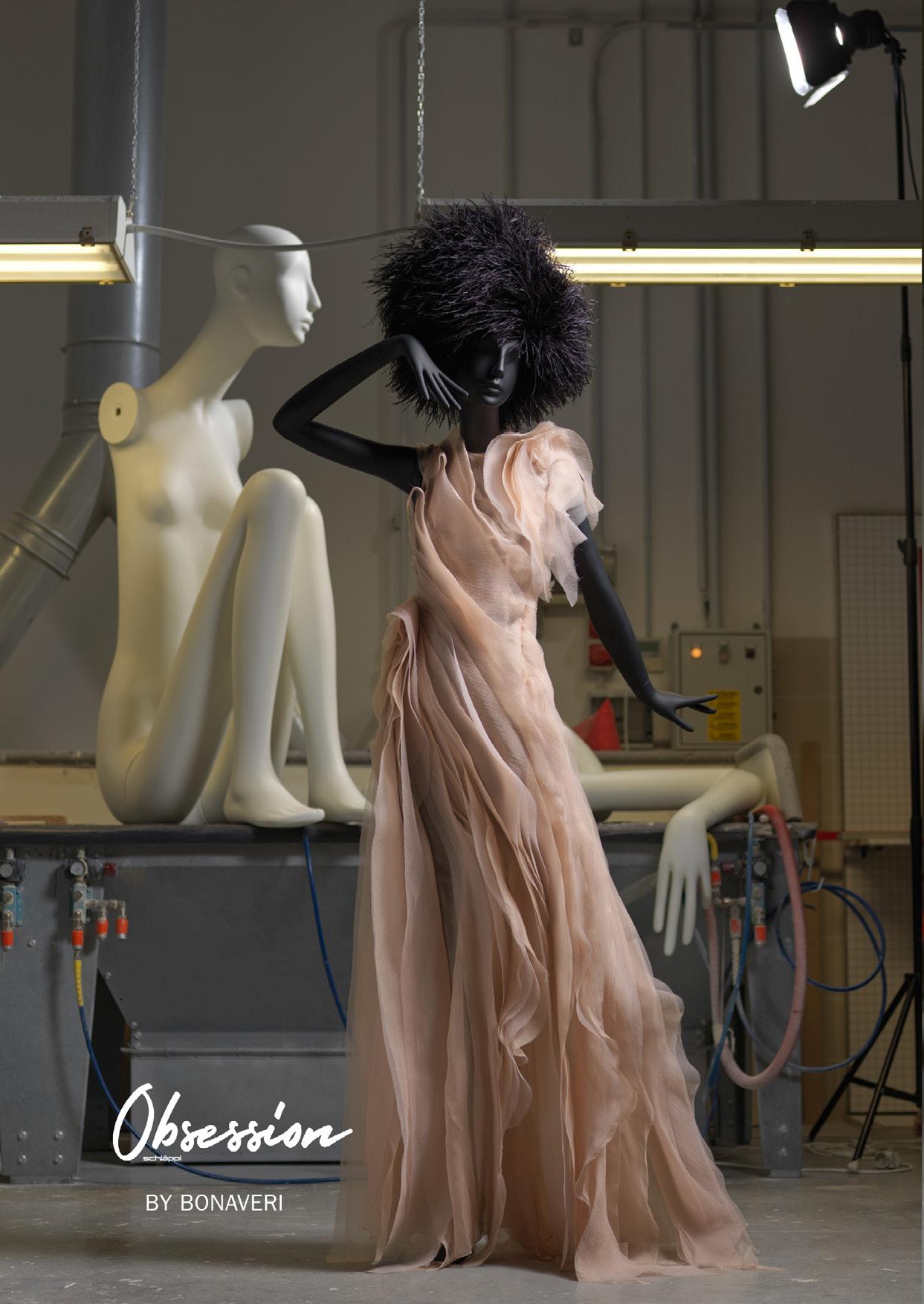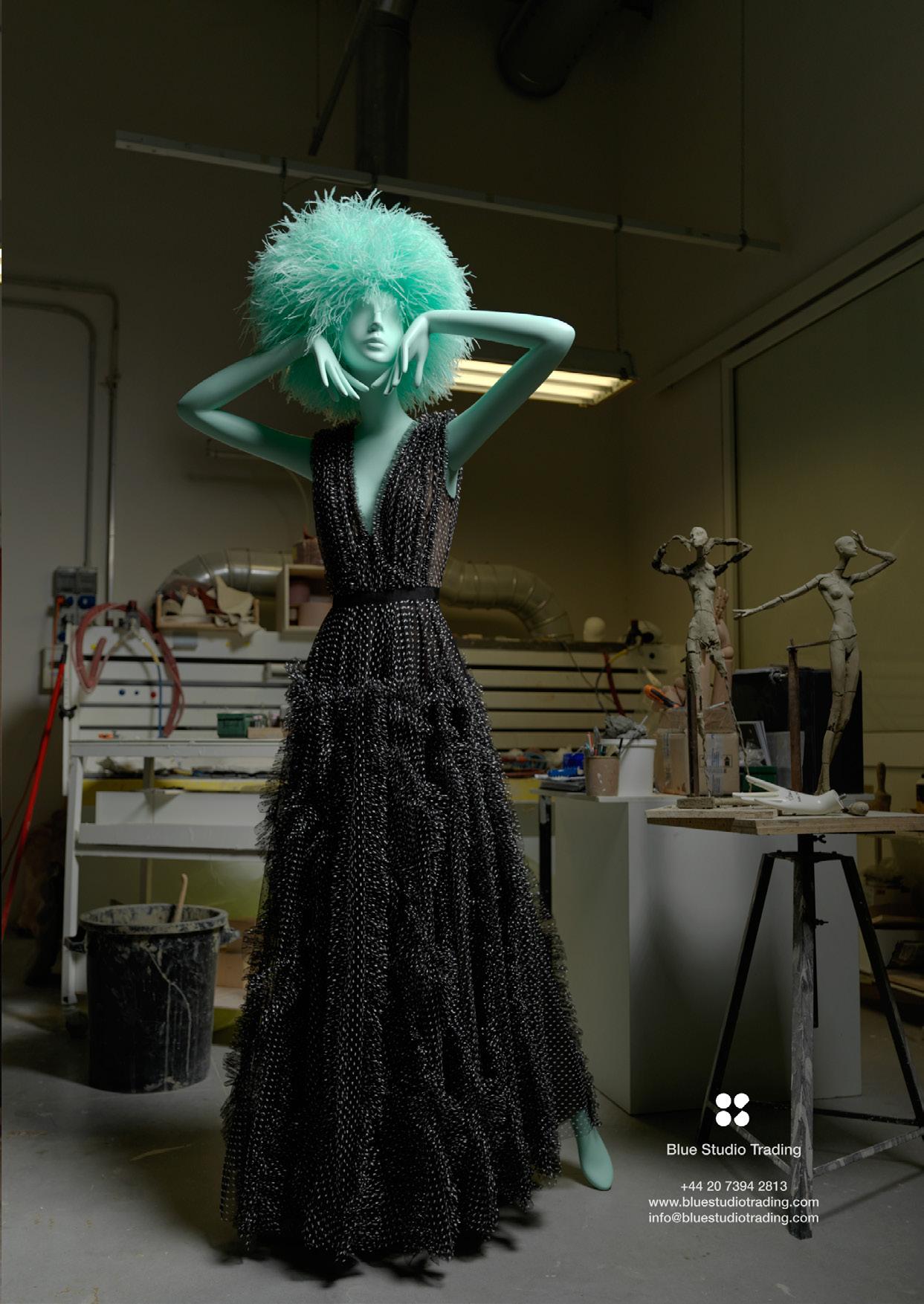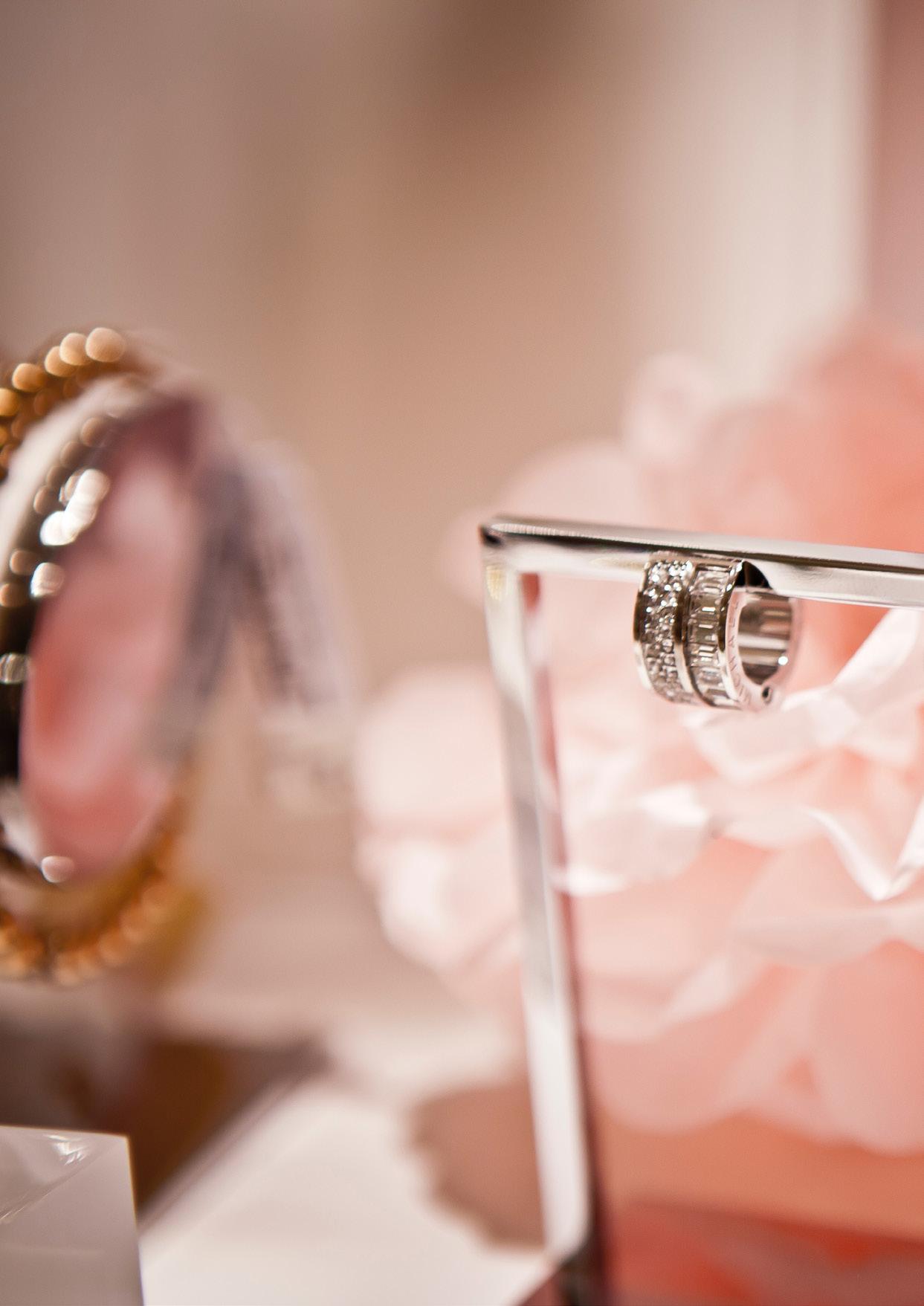
2 minute read
Shopfitting on a budget
Whether you’re renovating an existing retail space, or starting from scratch, this is a process that can quickly become expensive. Taking the following steps can help you to design your perfect shop within a set budget.
Contributor: Holly Worthington Outline your budget The first way to keep costs down is to set a budget. This should be a simple and realistic budget, accounting for every addition that you would like to make. Begin by planning for the essential fixtures and fittings, as well as lighting and paint. Be careful not to add unnecessary fixtures and fittings into the plan, as this can easily break the bank, particularly if you are working with a smaller budget.
Advertisement
Work with a reliable shopfitting partner Many retailers choose to work with professional shopfitters. There are many benefits to doing this, tapping into their expertise for ideas, including design recommendations and awareness of potential hazards or safety requirements. In addition to this, professional shopfitters may have contacts, enabling them to negotiate discounted rates on fittings, electrical equipment and furniture.
If you are working with an external shopfitting partner, it’s important that you can trust them to be honest and keep within your budget. Make sure you work with somebody who is able to create your vision within your means, being conscious of overspending. The best way to make sure you are working with a shopfitting partner that will deliver in line with your expectations, is to speak to others who have worked with them previously. Most shopfitters will have a list of businesses that they have previously worked with. Take time to read through testimonials and speak to these businesses when deciding whether they can offer what you are looking for.
Plan timescales One of the most common reasons that shopfitting exceeds the budget is because it takes longer than originally anticipated. Timescales should be realistically planned, allowing for unexpected complications and delays. Items not arriving on time, difficulties installing fittings and incorrect orders are just some of the reasons that shopfitting can overrun. If you are working with an external shopfitter, you should also discuss costs, should you require their help for additional days. By planning timescales accurately and understanding costs of overrunning, you are able to allocate budget accordingly.
Buy carefully Once you have outlined your budget and timescales, it is time to begin making your purchases. Having outlined exactly what you plan to
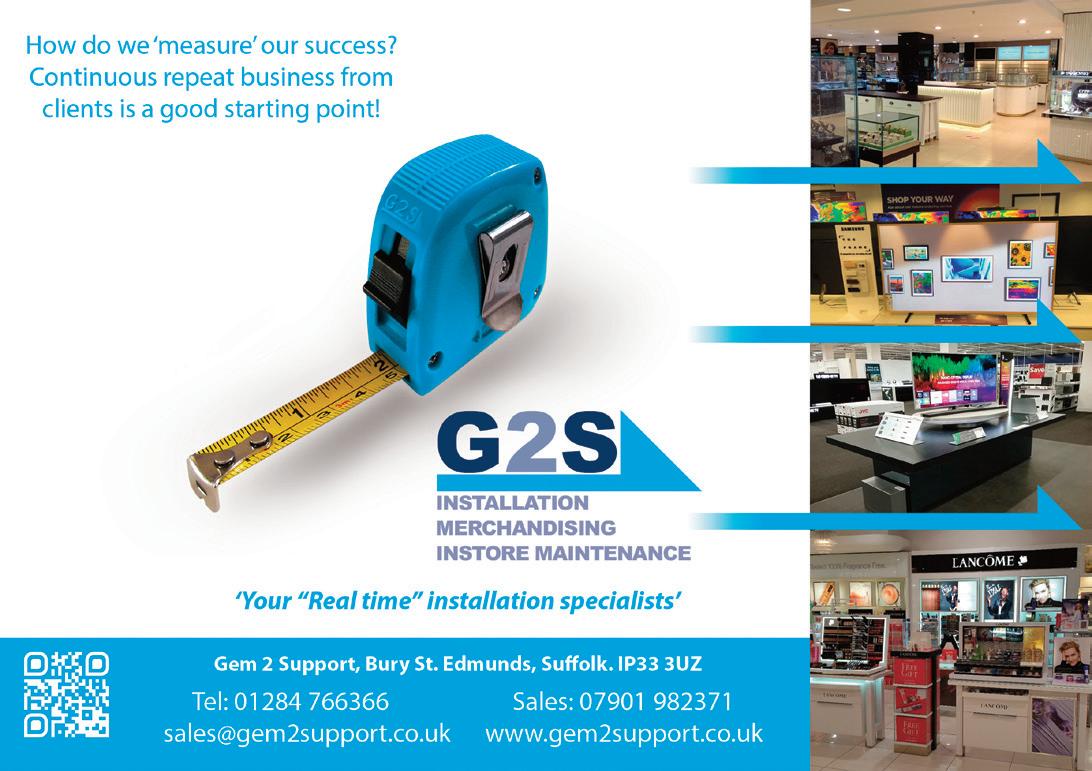
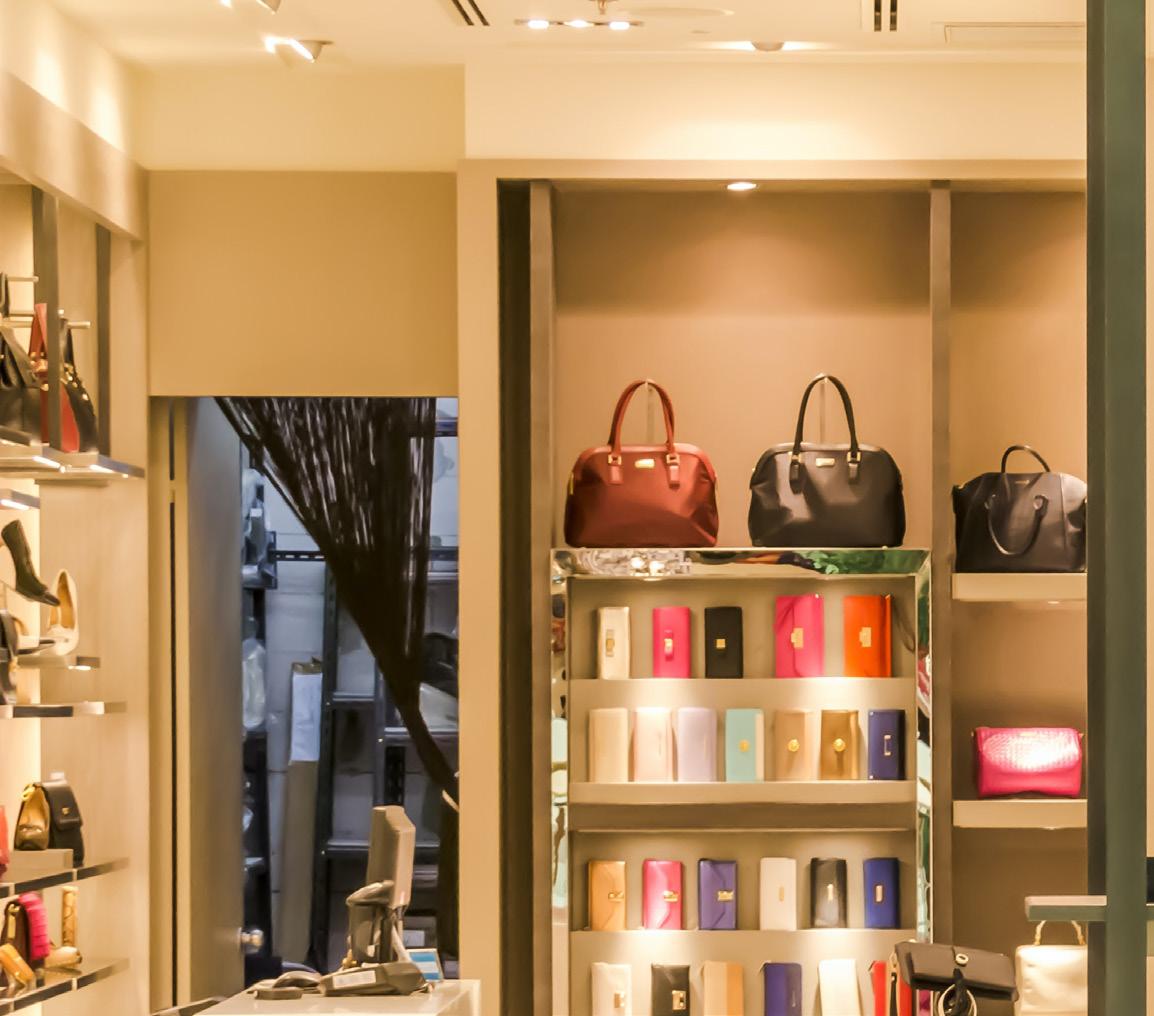
How do we ‘measure’ our success? Continuous repeat business from clients is a good ‘rule’ of thumb!
buy and researching the cost of this, providing you stick to the initial plans, you should not exceed your budget.
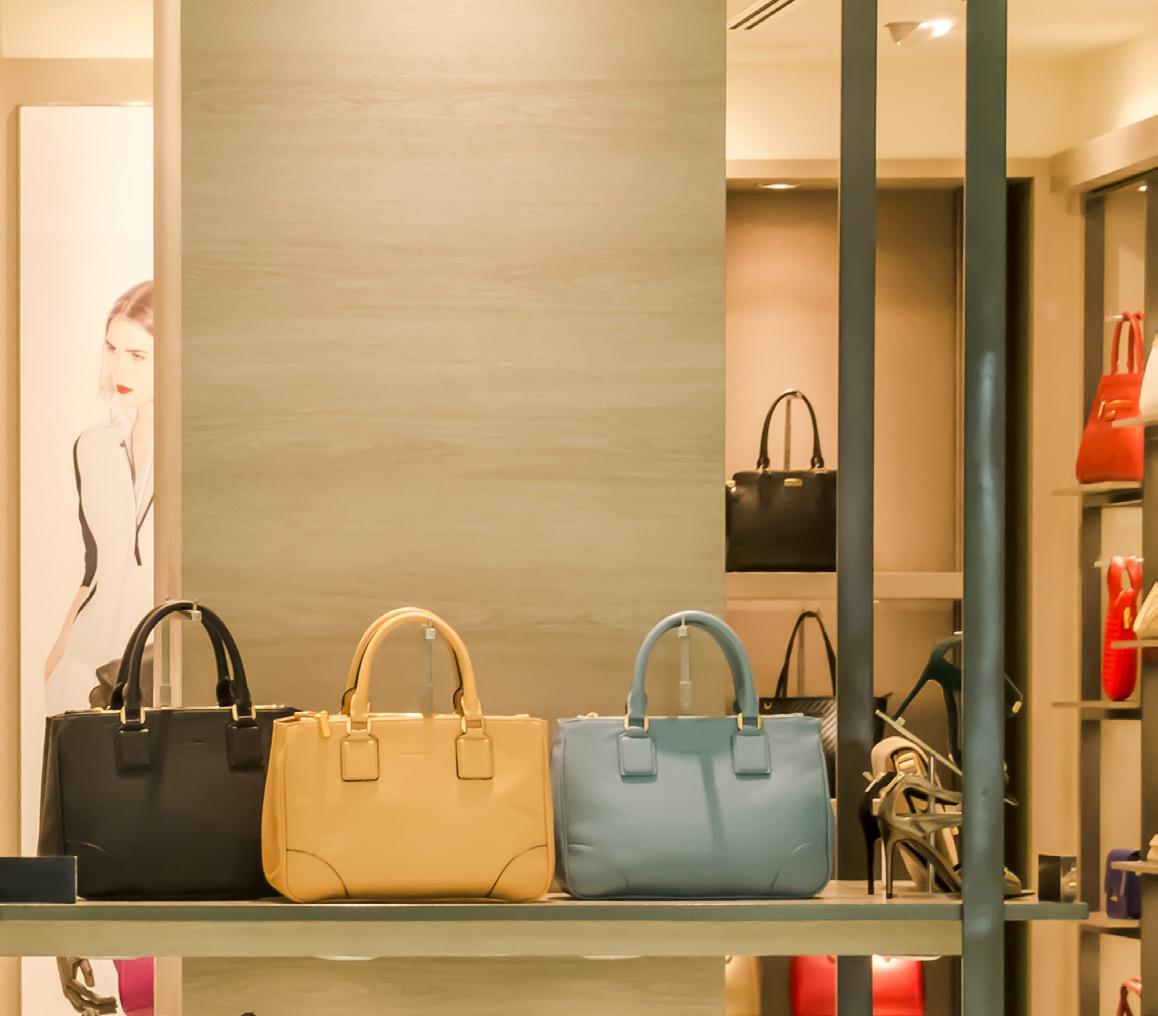
An effective way to cut costs is to consider second-hand shop equipment. In many cases, this is in great condition and reduces the cost of fittings significantly. Used display equipment can even be customised to fit your shop’s decor.
